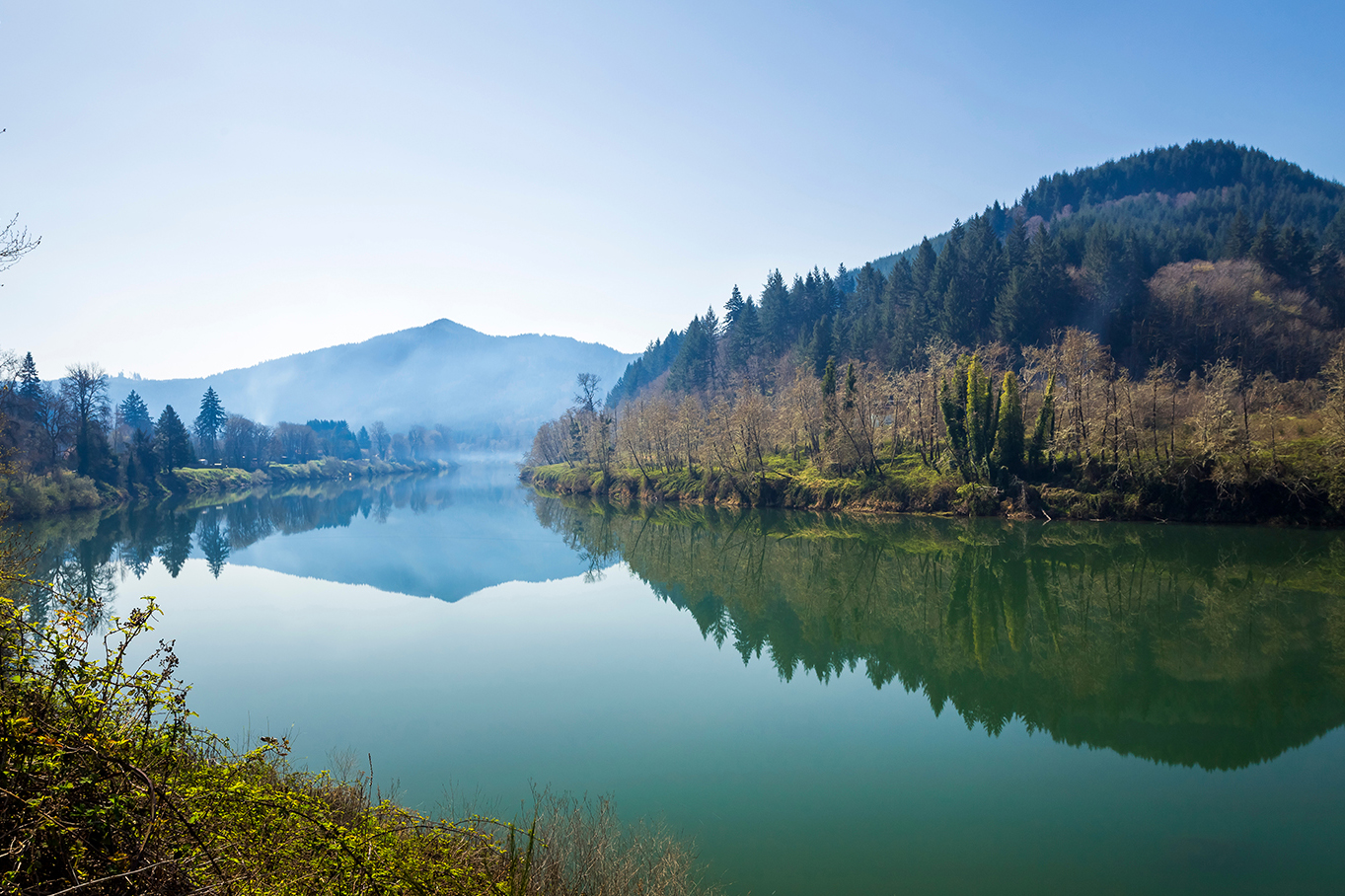Oregon is a place that just screams fishing. From the open expanse of the Pacific Ocean to thousands of rivers and streams, there’s no end to the state’s angling opportunities. So to be ranked as the Oregon state fish, you have to be something really special.

Enter Chinook Salmon. These are the biggest and tastiest of all Salmon species, rightfully known as “Kings.” And guess what? Oregon is an amazing place to target them. With that in mind, here’s a short intro to the state fish of Oregon.
How Big?
As we already mentioned, Chinook are the biggest Salmon species out there, but how big are they in Oregon? The average catch weighs around 10–20 pounds – nothing special, but still more than enough to feed the family. However, fish weighing as much as 50 pounds show up on anglers’ lines every year, so there are plenty of trophies out there.

The state record blows these numbers way out of the water. Caught way back in 1910, it weighed a staggering 83 pounds! This was one of Oregon’s legendary “June Hogs” which used to swarm the Columbia. Sadly, these giant Salmon were decimated by overfishing, not to mention the construction of dams on the Columbia River, and are a very rare sight these days.
When and Where?
The two main populations of Chinook in Oregon are spring run and fall run. The spring run is smaller, starting in March and running until June. The best spring Salmon bite is in the North Umpqua and Columbia Rivers, with small populations in the Tillamook and Coquille.

Fall run Salmon are the main event in Oregon, peaking September through November. The best place for these guys is in the Rogue, Umpqua, and Columbia Rivers – especially towns like Astoria and Portland. You can also find fish in saltwater around the Coos and Tillamook Bays.
What about those mythical “June Hogs”? Sadly, the population is nowhere near what it used to be, but you can still find some monsters on the Columbia River, starting in June and running throughout the heat of summer.
Now, there’s a lot more to Oregon’s Salmon fisheries than this. We may even have ruffled some feathers by missing certain streams and rivers off the list. For simplicity’s sake, though, we’ve kept to the state’s signature waters. Feel free to suggest your own favorites!
The Oregon State Fish: A King Worthy of the Crown
Oregon’s Chinook Salmon bite is some of the most rewarding angling you can hope for: big, hard-fighting fish that show up throughout most of the year. Foodies don’t need to be told just how tasty King Salmon is, either. Add the Northwest’s beautiful nature and you have nothing short of the perfect fishing trip. No wonder these guys are the Oregon state fish!

What’s your favorite place to catch Salmon in Oregon? Have you fished in any of the ones we covered? Share your stories, questions, and opinions in the comments below – we love hearing from you!